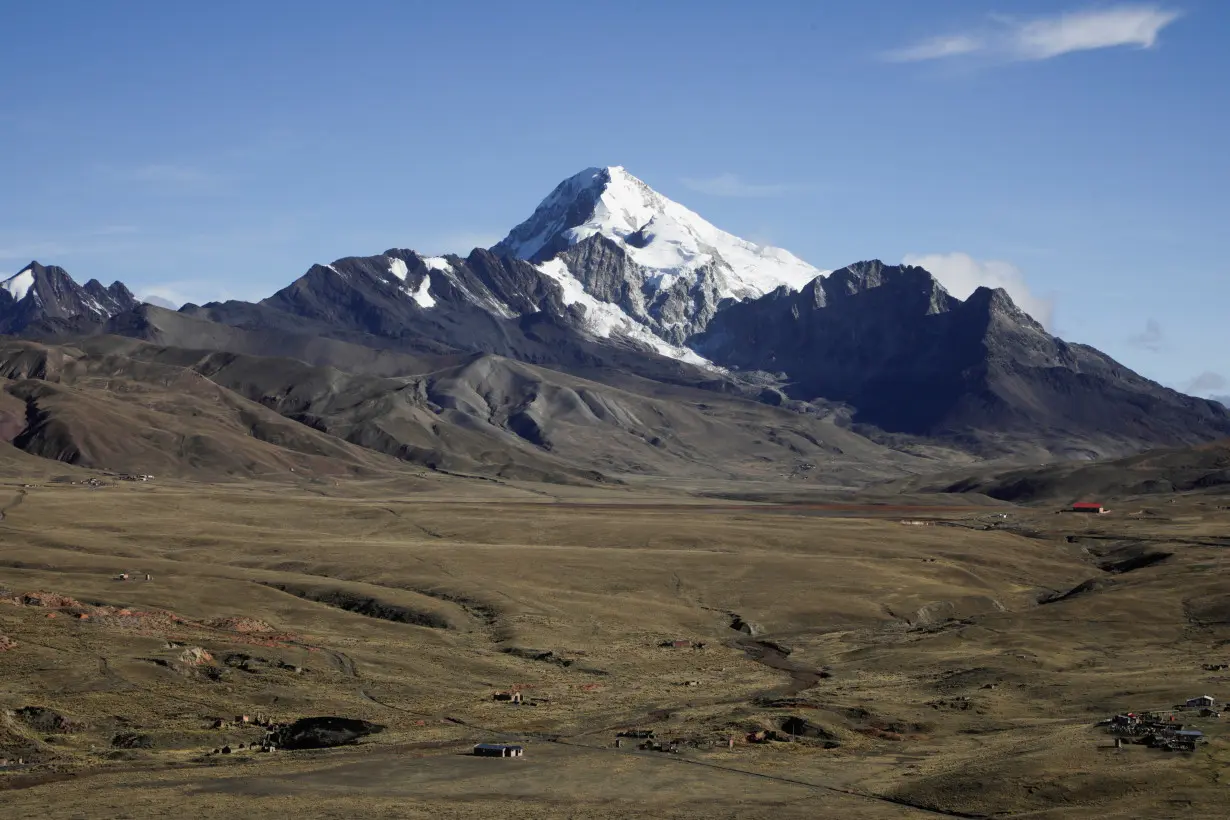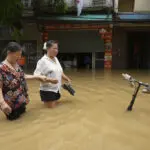LA PAZ (Reuters) - Scientists in Bolivia are hoping to track glacial changes at lightning speed.

New scientific equipment being installed at the country's Huayna Potosi mountain peak will provide real-time measurements of glaciers' mass compared to much slower older methods.
Edson Ramirez, a glaciologist at Bolivia's Higher University of San Andres, said the equipment could make hourly measurements of glacial mass compared to classic glacialogy methods capable of monthly or yearly readings.
"This time we are doing it in a very short time and in real time," Ramirez said.
The measurements could help measure melting rates or how much life is still left for a glacier, he added.
Glaciers play a significant role in water supply across the Andes mountain range, with studies showing they provide around 27% of the water in Bolivia's Cordillera Real region in the dry season.
Extreme weather events like heat waves and droughts have stressed water supplies throughout South America, making more accurate glacier measurements a critical tool.
"You can't take measures or prepare yourself for the future if you don't know where you are," said Gerd Dercon, head of the soil, water management and crop nutrition laboratory at the joint FAO/IAEA Centre of Nuclear Techniques in Food and Agriculture.
Dercon said the measurements would help create a baseline.
"From that baseline you can take actions," he said, such as improving reservoir capacity, adjusting the course of water or building more reservoirs.
(Reporting by Monica Machiaco; Writing by Alexander Villegas; Editing by Jamie Freed)

 Biden's White House invitation to Trump continues a tradition Trump shunned in 2020
Biden's White House invitation to Trump continues a tradition Trump shunned in 2020
 Companies are buying up cheap carbon offsets − data suggest it’s more about greenwashing than helping the climate
Companies are buying up cheap carbon offsets − data suggest it’s more about greenwashing than helping the climate
 Trump offers Elise Stefanik job as US ambassador to UN, CNN reports
Trump offers Elise Stefanik job as US ambassador to UN, CNN reports
 UN climate talks to focus on money to help poor nations cut carbon pollution
UN climate talks to focus on money to help poor nations cut carbon pollution
 'I got my life back.' Veterans with PTSD making progress thanks to service dog program
'I got my life back.' Veterans with PTSD making progress thanks to service dog program
 Philippines' Marcos signs tax reform law to lure foreign investment
Philippines' Marcos signs tax reform law to lure foreign investment
 What to stream: Mike Tyson vs. Jake Paul, 'Bad Sisters,' Shawn Mendes and 'Deadpool & Wolverine'
What to stream: Mike Tyson vs. Jake Paul, 'Bad Sisters,' Shawn Mendes and 'Deadpool & Wolverine'
 Judith Jamison, a dancer both eloquent and elegant, led Ailey troupe to success over two decades
Judith Jamison, a dancer both eloquent and elegant, led Ailey troupe to success over two decades
 Jake Bates makes 52-yarder at buzzer, Lions overcome Jared Goff's 5 INTs to rally past Texans 26-23
Jake Bates makes 52-yarder at buzzer, Lions overcome Jared Goff's 5 INTs to rally past Texans 26-23
